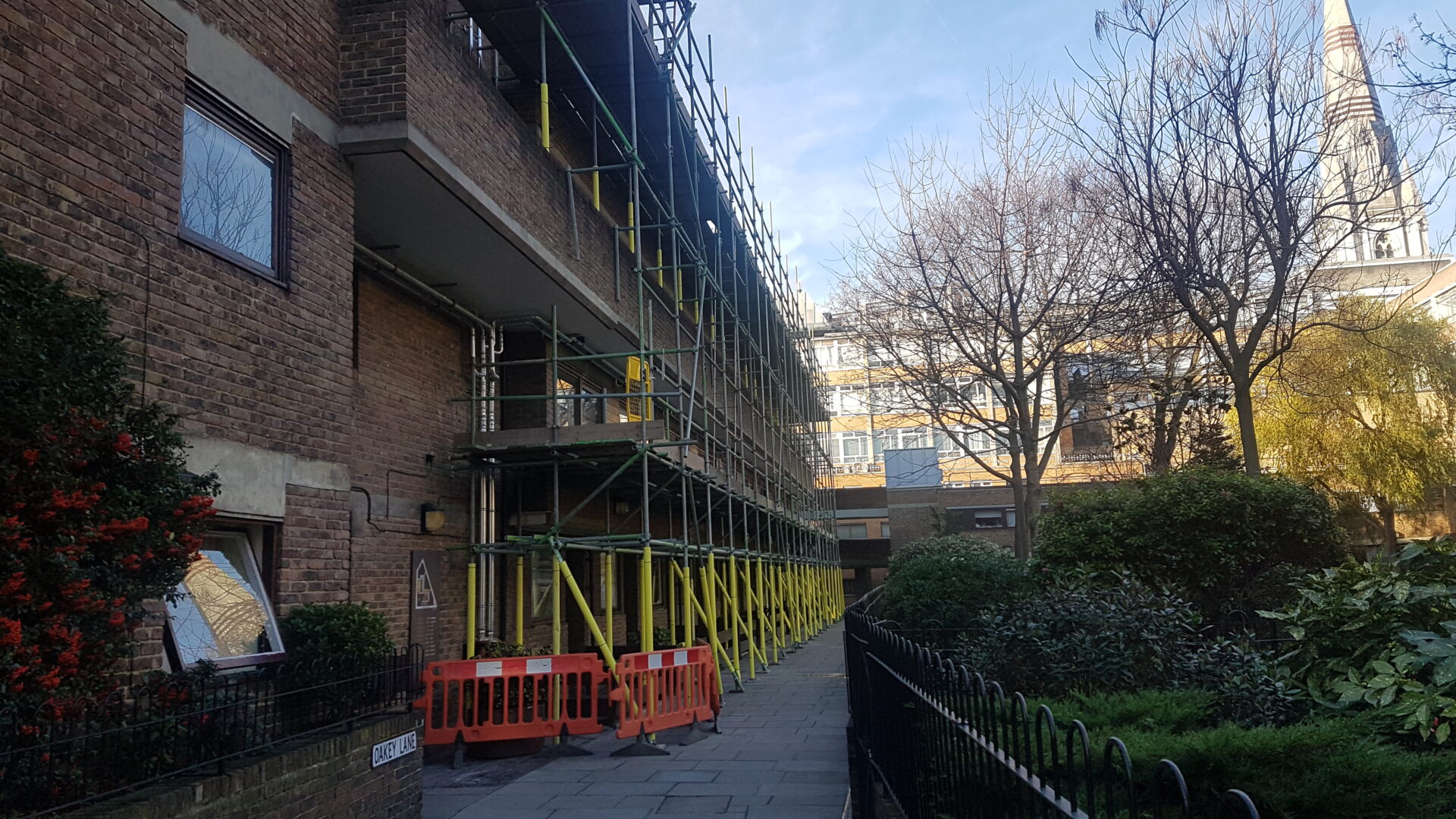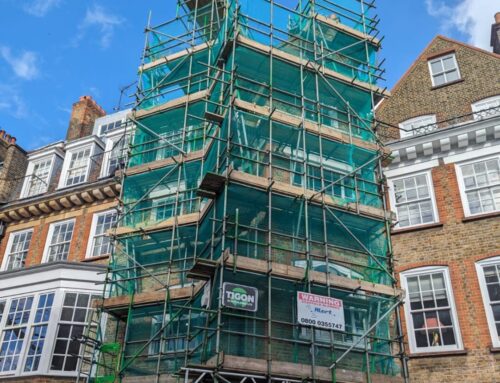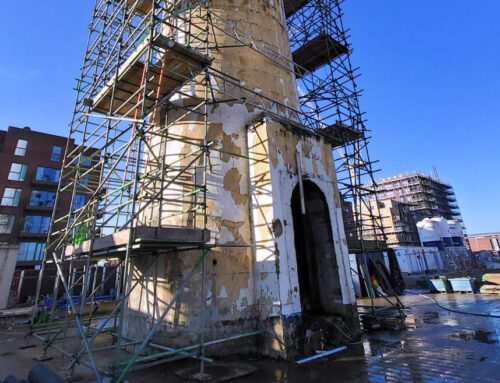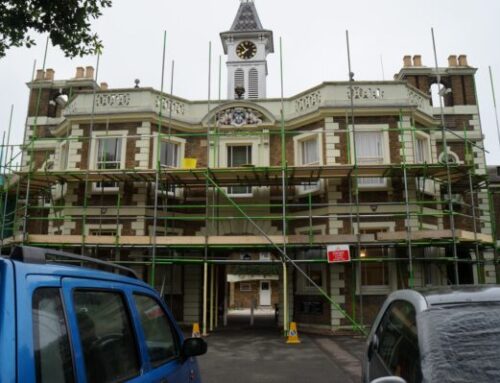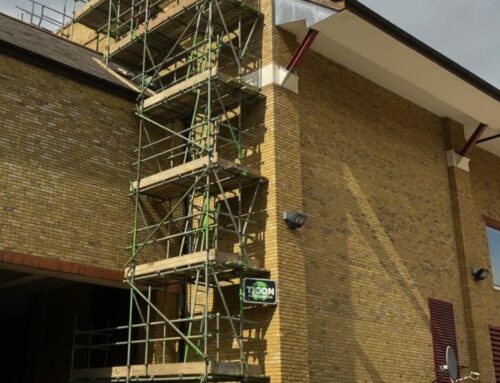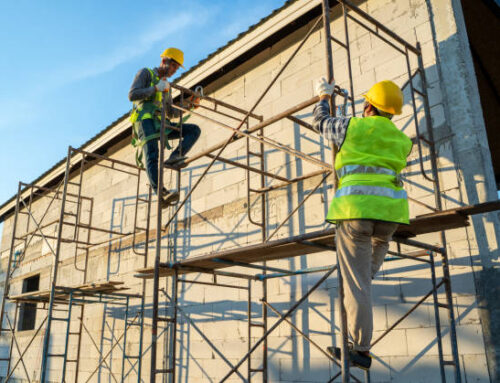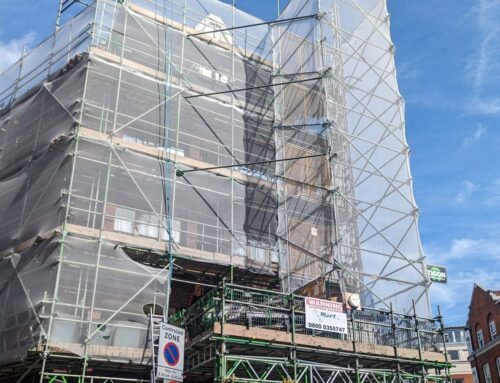When most people think of scaffolding, they imagine it being erected outside of a commercial or residential property. It is often used as a temporary structure to provide workers with safe access to the building while they carry out repairs or maintenance work.
While it is incredibly useful and can make these tasks much safer, it’s important to remember that it still poses some risks if not installed and used correctly. That’s why it’s crucial to install alarms for scaffolding – these will help ensure the safety of everyone involved, as well as protect your property from any potential damage.
What’s The Point?
There are several reasons why companies like ours ensure there is a significant alarm system, even if it’s just temporary. For one, it’s a legal requirement in many countries – so if you’re not complying, you could be risking a hefty fine. But more importantly, it’s a vital security measure that could prevent damage and vandilisation.
Avoid Accidents
Alarms will help to alert people in the vicinity of the scaffolding has been damaged or if someone is trying to tamper with it, both of which could cause serious accidents.
Intruders often set out to thrill-seek and make life harder for whoever works on the scaffolding. This often results in the destruction of the structure itself or vandalisation of the property.
Alarms can help deter people before they cause too much damage or remove any sections of the scaffold. Not only would this pose a risk to those actually climbing on the structure, but workers should be aware when if their platform is no longer fit for purpose.
So to avoid any unsteady surfaces or loss of resources, an alarm system ensures everyone around is aware of potential intruders. In short, having these in place is a vital part of using scaffolding security.
Void Insurance
As well as being a legal requirement, having a structure erected outside of your property without alarms for scaffolding can void building insurance claims.
For example, in the event that your property is damaged by falling debris or an accident involving the scaffolding, you may not be able to claim on your insurance if it’s found that you were using the structure without proper safety measures in place.
However, having some extra protection will ensure you are covered for anything that may happen. Renovations and major building work often require these structures for extended periods. With different trades coming and going and multiple areas of the property being worked on at once, it is an extremely necessary addition.
The exact terms will depend on the risk level of your property, as well as the insurance company’s policy, so if you are not sure – get in touch with the provider and ask about the specifics.
You should also make sure you understand the type of alarm system that is required. Remote monitoring and audible warnings have their own advantages but may be preferred by different companies.
Deter Intruders
As well as being a visual deterrent to would-be intruders, an alarm system can also help to protect your property while you are carrying out work.
When workers leave the site, it can be appealing for opportunists to use it as a climbing frame for some not-so harmless fun or even for people looking to get into the property on higher levels.
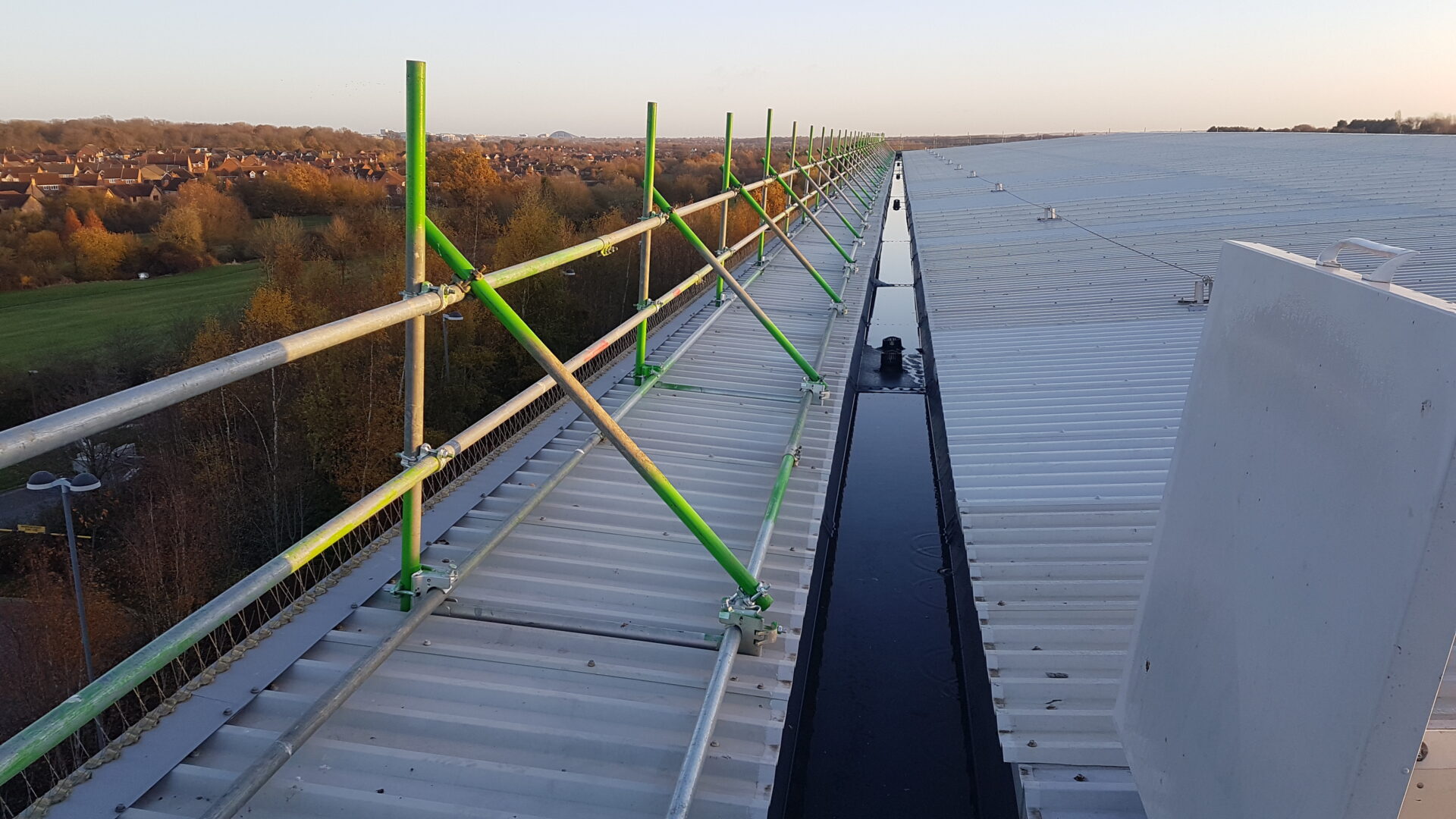
If someone does attempt to break in or vandalise the scaffolding, the alarm will sound and hopefully scare them off before they cause any damage. In some cases, it may even help to alert the police so they can catch the culprit in the act.
While it may seem like an unnecessary expense now, having alarms for scaffolding is a vital part of using this type of equipment safely. Not only will it help to protect people and property, but it could also save you a lot of money in the long run.
24 Hour Protection
The alarms can be utilised day and night. When we face uncertainties due to weather or timings, there may be multiple days when the scaffolding is not in use but it is impractical to disassemble the structure.
Remote monitoring allows workers to be alerted of a trigger via their phones. This means that even when everyone goes home to bed, the person in charge of site security is aware if something’s going on.
It is also a way to keep an eye on the property if you live far away or are unable to be there in person. Workers may need to carry on, but if the site manager is at another job – they still need to be in the know.
Types Of Alarms For Scaffolding
There are a few different types you may notice on-site. Each has its own advantages, but ensure you are remaining fully compliant with whichever you choose.
Audible Alarms
The most common type is an audible alarm which sounds when someone tries to enter the structure without permission. These work by detecting movement and are often used in conjunction with CCTV cameras to help identify any intruders.
It’s a great deterrent and means anyone within the vicinity can be aware of what’s going on. Not only does this ensure people avoid the area, but if anything serious was to happen – there would hopefully be people around to alert emergency services or call the construction company to make them aware of the problem.
Visual
These are another popular type as they can be used in conjunction with an audible system to create a more effective deterrent. These usually come in the form of flashing lights and work well to attract attention from anyone nearby.
This type is often used on construction sites as they can be clearly seen from a distance, even during the daytime. They may also be used in areas where there is a lot of background noise as they can still be seen even if the sound isn’t audible.
It also makes them accessible and adds another level of security in case the noise doesn’t achieve the desired result.
Remote
A remote alarm system is often used in conjunction with other types to create a more comprehensive security system. This type of alarm uses sensors to detect movement and then sends a signal to a control panel which can be located anywhere.
This is often used as a way to monitor the site remotely, but it can also be used to alert the construction company or the police if there is an intruder.
This type of system is becoming more and more popular as technology advances and companies look for ways to improve security.
Wireless
There are many advantages to a wireless system including the fact they are versatile and can be installed anywhere. It does not rely on the current site wiring (or lack thereof) to be useful.
Similarly, if the power were to fail for any reason, your security will not be compromised, allowing the work to be left until the issue is fixed. It ensures any insurance is still valid and offers you the chance to find a solution.
Choosing The Right Alarm For Your Scaffolding
There are a few things you need to consider when choosing an alarm system for your scaffolding. The most important thing is to make sure you are compliant with all security regulations.
You also need to think about what type of alarm would be most effective for your needs and where you will be placing it. It’s also important to consider the budget you have available and whether you need to purchase additional equipment.
Alarms for scaffolding are a vital part of construction site security. They help to deter intruders, alert people to potential danger and can even be used to monitor the site remotely.
When it comes to security and insurance, there is no such thing as being too cautious. Alarms for scaffolding offer peace of mind and can help protect both your property and the people who work on-site. It’s important to make sure you are compliant with all health and safety regulations and that you choose an alarm system that is most effective for your needs.
If you need more advice or would like information about our scaffolding services as a whole, get in touch today.
Check out more about scaffolding and its history here!

